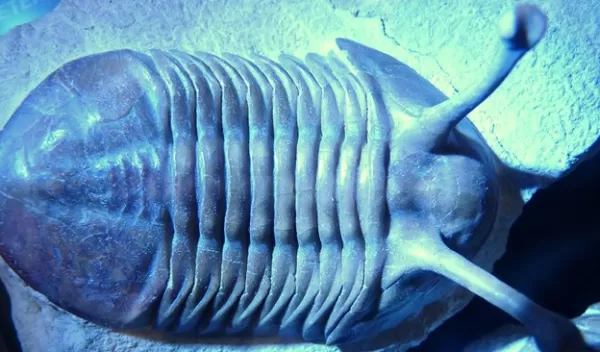
How life reemerges from cataclysms
Scientists at Stanford University have discovered a surprising pattern of how life reemerges from cataclysms. Research published in Proceedings of the Royal Society B shows that the usual rules of body size evolution change not only during mass extinctions but also during subsequent recovery.
Since the 1980s, evolutionary biologists have debated whether mass extinctions and the recoveries that follow intensify the selection criteria during normal times or fundamentally shift the set of traits that mark groups of species for destruction. The new study finds evidence for the latter after an analysis of marine fossil records.
Whether and how evolutionary dynamics shift in the wake of global extinctions has "profound implications not only for understanding the origins of the modern biosphere but also for predicting the consequences of the current biodiversity crisis," the authors write.
"Ultimately, we want to be able to look at the fossil record and use it to predict what will go extinct, and more importantly, what comes back," said lead author Pedro Monarrez of Stanford. "When we look closely at 485 million years of extinctions and recoveries in the world's oceans, there does appear to be a pattern in what comes back based on body size in some groups."
The U.S. National Science Foundation-supported study found that this pattern holds true across 10 classes of marine animals for the long stretches of time between mass extinctions. But mass extinctions shake up the rules in unpredictable ways, with extinction risks becoming even greater for smaller genera in some classes and larger genera in others.
The authors found an even more dramatic shift in body size patterns before and after extinctions. During background intervals, newly evolved genera tend to be slightly larger than previous ones. During recovery from mass extinctions the pattern flips, and it becomes more common for originators in most classes to be smaller compared to holdover species who survived a cataclysm.


